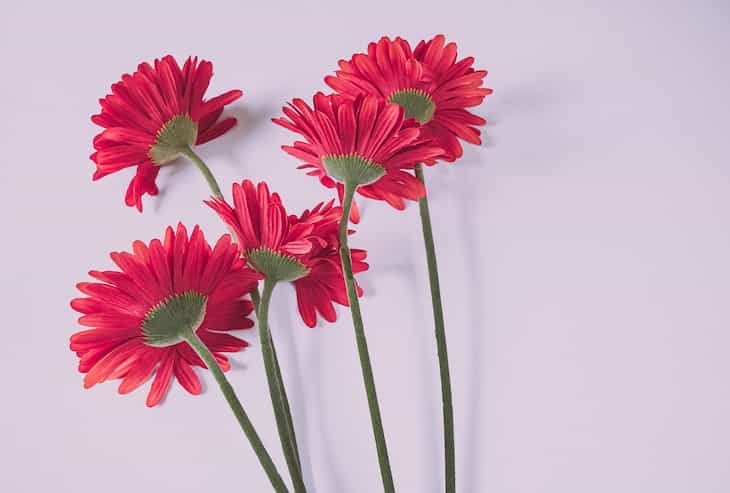Interior tips: Artificial plants – why do they look bad?
People who don't like taking care of real houseplants often choose artificial ones – just for the aesthetics.
Meanwhile, not all artificial house plants look good, and some of them look pretty bad.
Here are a few reasons why.
Unnatural Appearance
Fake plants are made to imitate real ones, but they can't fully copy the natural details.
Real plants have unique textures and colors that are challenging to replicate.

Static Design
Artificial plants stay the same, while real ones change over time.
Real plants grow, shed leaves, and adapt to their environment. Artificial plants lack this dynamic quality.
Limited Detail
Real plants have intricate details in their leaves, petals, and stems.
Replicating this level of detail in artificial plants can be difficult, resulting in a less realistic appearance.
Incorrect Colors
Achieving the exact colors of real plants is hard.
Artificial plants might have colors that look too vibrant or lack the subtle variations found in nature.
No Natural Movement
Real plants move with the breeze or sunlight, giving them a lifelike quality.
Artificial plants are static and don't respond to their surroundings.
Cleanliness Issues
Dust and dirt easily accumulate on artificial plants, making them look unkempt.
Regular cleaning is needed to maintain their appearance.
Material Differences
Real plants are soft and flexible, while artificial ones are often made from rigid materials.
This can affect how they feel and look.
Size and Proportion
Artificial plants might not get the size and proportion exactly right.
Some parts could look too big or too small, making the overall appearance unnatural.
Limited Scent
Real plants often have a natural scent, contributing to the overall experience.
Artificial plants lack this sensory element.
Cost Cutting
Cheaper artificial plants may use low-quality materials and manufacturing processes, impacting their appearance and longevity.
Previously, we talked about creative lighting.
